Hunting Scene
Hunting Scene is a wonderful black and white etching on thick laid paper, realized by the Italian master Antonio Tempesta (1555-1630).
Monogram on plate on the lower right corner. On the lower margin, there is the Latin inscription on plate: "Antonius Tempesta invent et sculp. / F.L.D. Il Ciartres excudit Cum Privilegio Regis Christianis". As the inscription reports, this etching was printed and published by Ciartres, an Italianization of the French Chartres, referring to François Langlois (1588-1647), a French publisher and merchant of prints.
This original print with lifetime impression describes an incredibly detailed hunting scene in a perfect Baroque style: an Oriental chevalier riding his horse is stabbing with his sword a big boar, already torn by hunting dogs. At the same time, some arches are pointing towards a deer hunted by dogs. The women do not escape from the hunting: they are not mere spectators but active protagonists.
In excellent conditions, except for visible signs of time, light foxing on the lower margin, some minor defects on the edges and a usual yellowing of the paper at the edges. On the verso , on the lower left corner, a blue-ink stamp "Collezione Pugliese". Including a cream-colored cardboard passepartout, 50 x 35 cm.
An exciting original print, with all the dignity of a mythological or epic story, represented with an incredible balance of black and white, light and shadow, and a typical Baroque dynamism.
Hunting Scene is a wonderful black and white etching on thick laid paper, realized by the Italian master Antonio Tempesta (1555-1630).
Monogram on plate on the lower right corner. On the lower margin, there is the Latin inscription on plate: "Antonius Tempesta invent et sculp. / F.L.D. Il Ciartres excudit Cum Privilegio Regis Christianis". As the inscription reports, this etching was printed and published by Ciartres, an Italianization of the French Chartres, referring to François Langlois (1588-1647), a French publisher and merchant of prints.
This original print with lifetime impression describes an incredibly detailed hunting scene in a perfect Baroque style: an Oriental chevalier riding his horse is stabbing with his sword a big boar, already torn by hunting dogs. At the same time, some arches are pointing towards a deer hunted by dogs. The women do not escape from the hunting: they are not mere spectators but active protagonists.
In excellent conditions, except for visible signs of time, light foxing on the lower margin, some minor defects on the edges and a usual yellowing of the paper at the edges. On the verso , on the lower left corner, a blue-ink stamp "Collezione Pugliese". Including a cream-colored cardboard passepartout, 50 x 35 cm.
An exciting original print, with all the dignity of a mythological or epic story, represented with an incredible balance of black and white, light and shadow, and a typical Baroque dynamism.
Antonio Tempesta , also known as Il Tempestino (Florence, 1555 - Rome, 1630), was an Italian painter and engraver of the early Baroque period. Antonio Tempesta trained in the culture of late Mannerism, with a naturalistic but also calligraphic taste, acquired from the frequentation of Giovanni Stradano, with whom he collaborated in the decoration of Palazzo Vecchio.
Moving to Rome in 1573, he worked for Pope Gregory XIII, frescoing some maps of Rome in the Vatican, including the famous Map of Rome (1593). In the pontifical capital, he worked for many noble families and for important cardinals, such as Alessandro Farnese and Scipione Borghese. His works are in San Giovanni dei Fiorentini, at the villa in Caprarola, in Tivoli.
He returned to Florence for a brief stay, where he collaborated with Alessandro Allori, Ludovico Buti, Giovan Maria Butteri and Ludovico Cigoli on the decoration of the ceilings of the Uffizi Gallery on the east side, executed with grotesque drawings. When he returned to Rome, he devoted himself more and more to engraving, with which he gained wide recognition throughout Europe.
He was also a talented draftsman, endowed with a particularly scenographic vein, and other artists printed and spread his work.





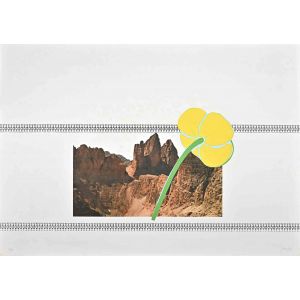
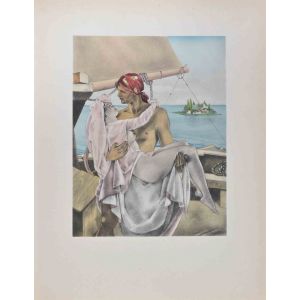
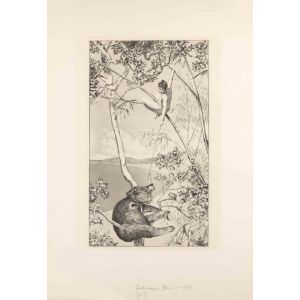
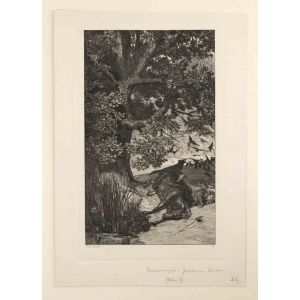
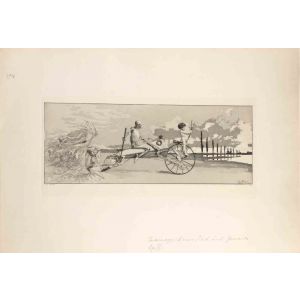
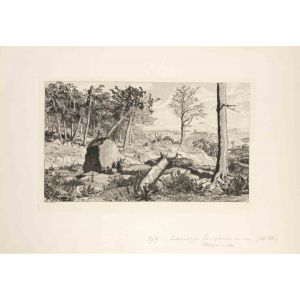
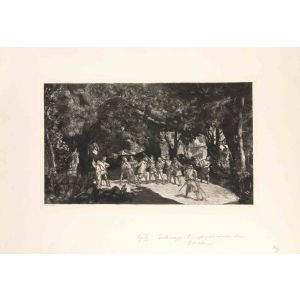
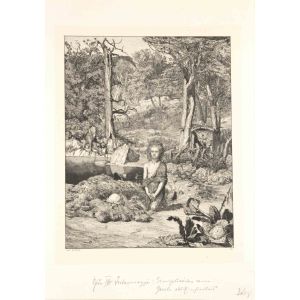
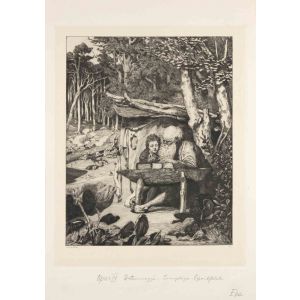
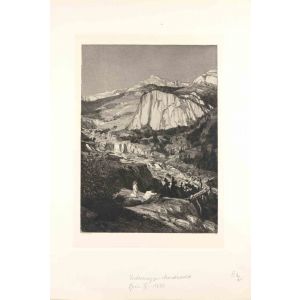

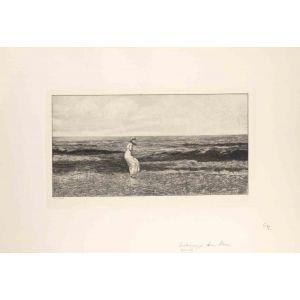
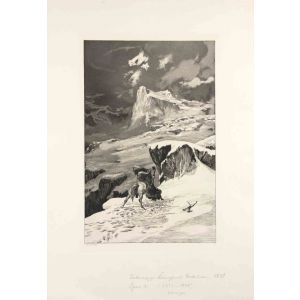













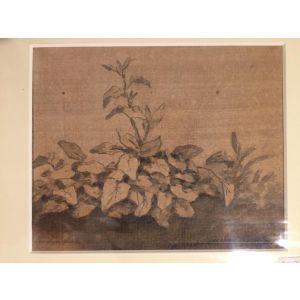








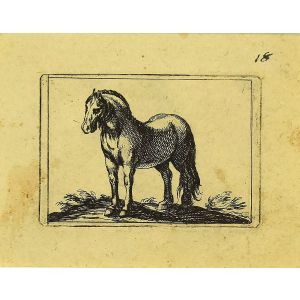
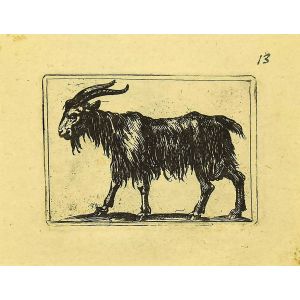


Validate your login
Sign In
Create New Account